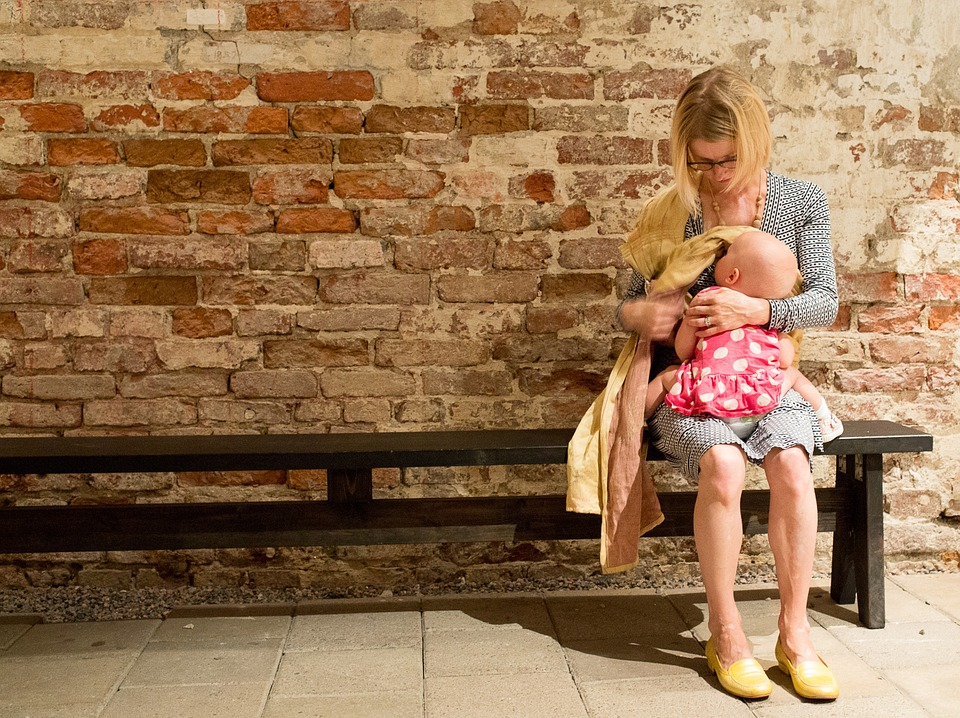The Basics
You might have milk duct issues, you might experience chaffing around the nipples that eventually develops into a sort of painful rawness that may make nursing next to impossible, you might not produce milk as intended, you might produce more than you should, and it’s just possible your newborn will have latching issues.
Most mothers are going to have some successes and some difficulties with breastfeeding. Today, you have the opportunity to more efficiently learn from the best than ever before owing to the internet. Even so, seeking out vetted consultants is smart.
Here we’ll explore some of the basics of breastfeeding to give you an idea what to expect, what to do, and where to get help if you’re having trouble.
1. You’re Going To Get A Little Tired Sometimes
Because breastfeeding involves producing milk and distributing it outside your body, every time you feed you’re going to lose calories. On average, you’ll lose 450 to 500 calories a day from breastfeeding alone. If you’ve got twins, that number could get twice as big. Your body will eventually adjust to the newborn’s needs, though you may have to take a few steps.
What does that mean? Well, it means you’ll be fatigued, you need to replenish yourself, and you’re going to need to rest every now and again. Know that you’ll be fatigued and be ready for it.
2. Find Trusted Advice Somewhere
Something else you’ll want to do is find friends, family, or trusted local authorities to help give you advice. If you’re in need of a lactation consultant, come visit Nest Collaborative; or some other similarly-focused group providing resources for new mothers. Groups like this act much like the midwives of yesteryear. They’ve seen it all, and they can tell you what’s going on.
There are things you can do involving pressing your breast to help your baby latch and feed, switching breasts when one nipple is too tender or your arms get tired, eating different foods for different results in terms of your milk quality, and the list goes on.
3. Breastfeeding Technique, Breast Pumps, And Salves
The way in which you breastfeed contributes to things like comfort and nipple soreness. A bad latch is going to make your nipples feel weird, and eventually associated discomfort can make it unbearable to nurse even for a short period of time. If you’re in such a place, a good move can be finding a breast pump and feeding the baby with pre-pumped milk till you heal.
To that end, there are salves you can use to help lessen the pain when you’re not nursing. Petroleum jelly does wonders, though if you’ve got some reason not to use that particular therapeutic solution, there are plenty of others to choose from—like lanolin, for example. Find what works for you.
A Healthier Baby And A Happier You
Your baby won’t always be nursing. Certainly, two years tends to be the ceiling for most healthy breastfeeding; you might only feed the child in that way for a year or so. It depends on you, it depends on the child. Whatever ends up being the case, remember: you’re not going to be breastfeeding permanently. It’s a temporary thing.
Accordingly, keep that in mind, and make plans. In terms of best practices for healthier results all around, you want to have salves, pumps, and bottles available. Switch up techniques that aren’t working. Find trusted advice from professionals. Accept you’ll get tired, and rectify the fatigue with food and rest.
There’s much more to think about, but these three suggestions tend to cover many of the issues you’ll face.
